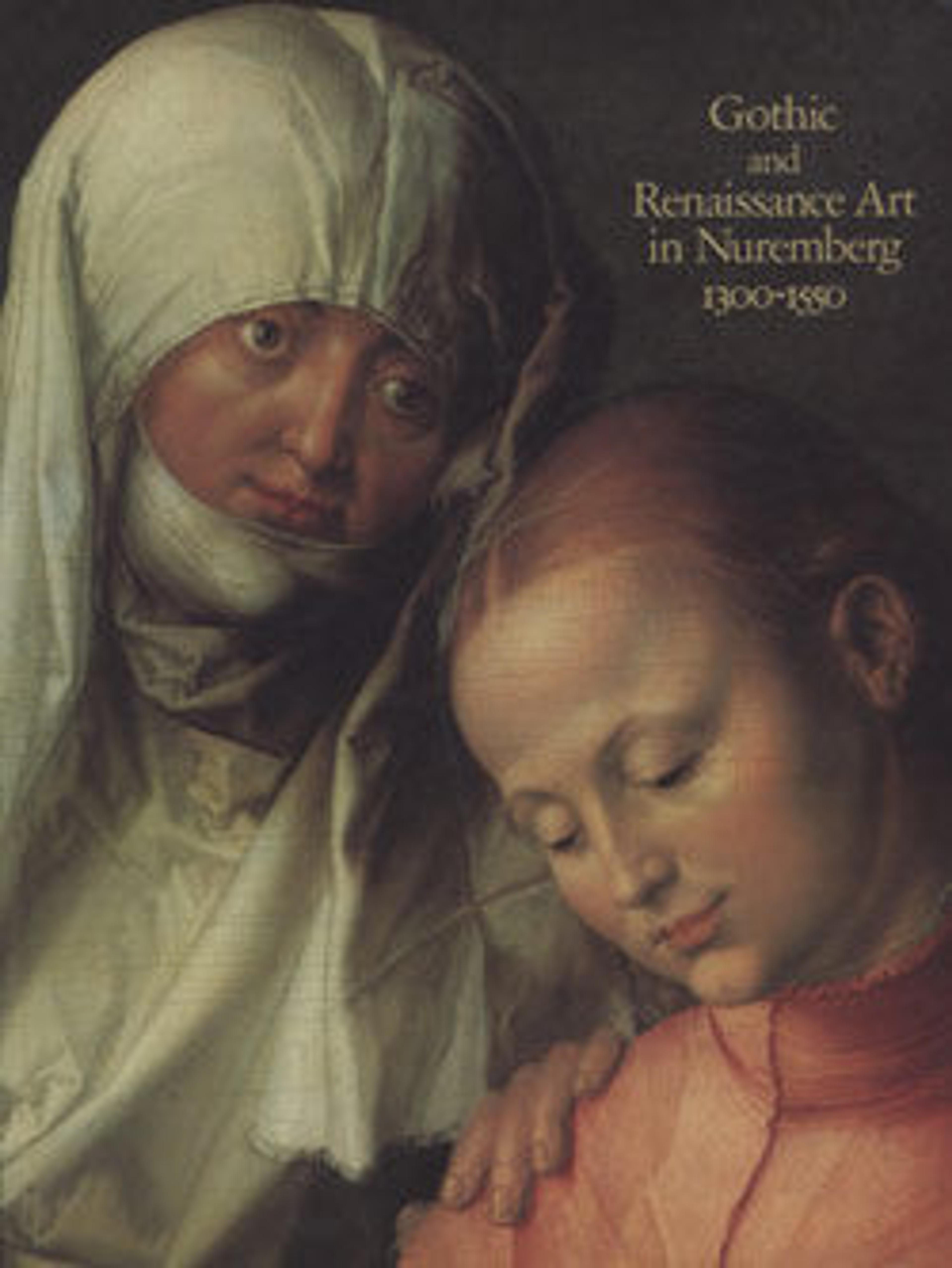Ewer with Wildman Finial
Artwork Details
- Title: Ewer with Wildman Finial
- Date: late 15th century
- Geography: Made in probably Nuremberg, Germany
- Culture: German
- Medium: Silver gilt, enamel, and paint
- Dimensions: 25 × 8 1/4 in., 6.8 lb. (63.5 × 21 cm, 3.1 kg)
- Classification: Metalwork-Silver
- Credit Line: The Cloisters Collection, 1953
- Object Number: 53.20.1
- Curatorial Department: Medieval Art and The Cloisters
Audio
47. Ewer
Gallery 14
NARRATOR: This pair of silver-gilt wide-mouth pitchers or ewers are decorated with Wild Man figures at the top, and have dragons for handles. They were probably used exclusively for state occasions, to hold wine for feasts, and were presented to the Order of the Teutonic Knights in around 1525. This order was one of the three powerful military and religious orders—along with the Templars and the Hospitalers—that emerged out of the Crusades. Timothy Husband.
TIMOTHY HUSBAND: The most striking feature, of course, are the wild men who stand on the tops of the ewers. They are actually in little fortresses, crenellated fortresses, but stand in a bed of what appear to be strawberries, with… you can see little red strawberries and the white blossoms against the green field. The wild men here are completely enameled and are distinguished by their body hair. They are shown holding a club, which was their typical attribute. The wild man was a mythic creature who inhabited the imagination of people throughout the Middle Ages. He appeared in a variety of guises and performed a variety of functions. He could be a fearsome creature who struck terror in the hearts of children… was thought to carry them off and eat them when they misbehaved; he was a symbol of virility-- of the indomitable Teutonic man; he’s often associated with heraldry, as he is in the case with the Teutonic ewers here. You can see that he's holding a shield. The heraldic emblazons have been removed so we don't know who's shields they originally were. But the association suggests a strong virile line of family that will endure for generations to come. He, the wild man, was also viewed particularly in the later Middle Ages, as a symbol of untrammeled nature; as the noble native who was totally in accord with nature itself, bringing man and nature into harmony and was an expression against the disillusionment of city dwellers in the increasingly poor conditions of urban living.
More Artwork
Research Resources
The Met provides unparalleled resources for research and welcomes an international community of students and scholars. The Met's Open Access API is where creators and researchers can connect to the The Met collection. Open Access data and public domain images are available for unrestricted commercial and noncommercial use without permission or fee.
To request images under copyright and other restrictions, please use this Image Request form.
Feedback
We continue to research and examine historical and cultural context for objects in The Met collection. If you have comments or questions about this object record, please contact us using the form below. The Museum looks forward to receiving your comments.
